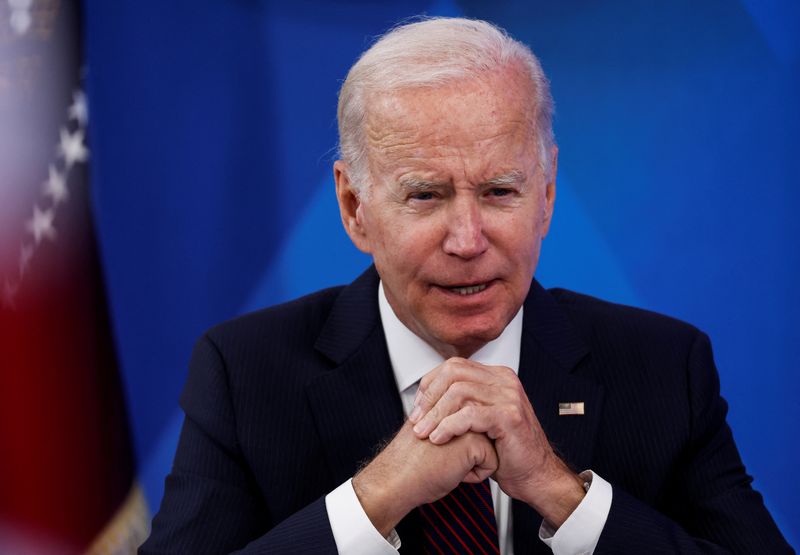
Staggering Price Tag, Logistical Hurdles Make Biden’s Climate Agenda A ‘Fool’s Errand,’ Report Says
John Hugh DeMastri on March 17, 2023
It would cost nearly $50 trillion and require a massive shift in the makeup of the U.S. workforce for the economy to hit President Joe Biden’s goal of an economy that produces net-zero carbon emissions by 2050, according to a study by The Global Warming Policy Foundation released Thursday.
To account for rising transport and heating demand in addition to typical increases in demand for electricity, the U.S. electrical grid would need to grow about 60%, renewables would need to provide four times the level they do currently and a skilled workforce of roughly 3 million people would need to be developed rapidly and maintained until 2050, according to the study. The cost to modify the electric grid in this way would be roughly $12 trillion, while the cost to fully electrify homes and eliminate heating sources like natural gas would cost roughly $35 trillion, even when accounting for methods to limit costs like improved insulation in U.S. housing.
“With extra costs comfortably in excess of $35 trillion, a dedicated and skilled workforce comparable to that of the education sector, and key strategic materials demanded at many times the supply rates that prevail today, and all for no measurable attributable change in the global climate, the mitigation of climate change via a net-zero emissions USA economy in 2050 is an extremely difficult ask,” writes author Michael Kelly. “Without a command economy, the target will certainly not be met.”
Biden has made setting plans for the U.S. to achieve a net zero economy by 2050 a key pillar of his climate policy, a goal shared by the government of the European Union. A global net-zero transition would require a worldwide investment of roughly $5 trillion per year, according to a 2021 report by the International Energy Agency.
The U.S. government would also face the social challenge of convincing the public that the investment, which comes to roughly $300,000 per household, would be worth the “disturbance to everyday lifestyles” that electrical retrofits would incur, according to the study. Additionally, the U.S. government would face the challenge of convincing other nations to also strive for the goal, or the purported climate benefits would not materialize, particularly difficult since developing regions lack the capital to make these investments without assistance from the U.S. or Europe.
As opposed to trying to prevent climate change outright, it may be easier for governments to secure funding and social support for projects that help humans adapt to a changing climate, according to Kelly.
“It’s clear that no country has the manpower, the materials, or the money to deliver Net Zero. It cannot be attempted without establishing a command economy, and even then it would fail,” Kelly concluded.”This is a fool’s errand.”
The White House did not immediately respond to a Daily Caller News Foundation request for comment.
All content created by the Daily Caller News Foundation, an independent and nonpartisan newswire service, is available without charge to any legitimate news publisher that can provide a large audience. All republished articles must include our logo, our reporter’s byline and their DCNF affiliation. For any questions about our guidelines or partnering with us, please contact [email protected].
